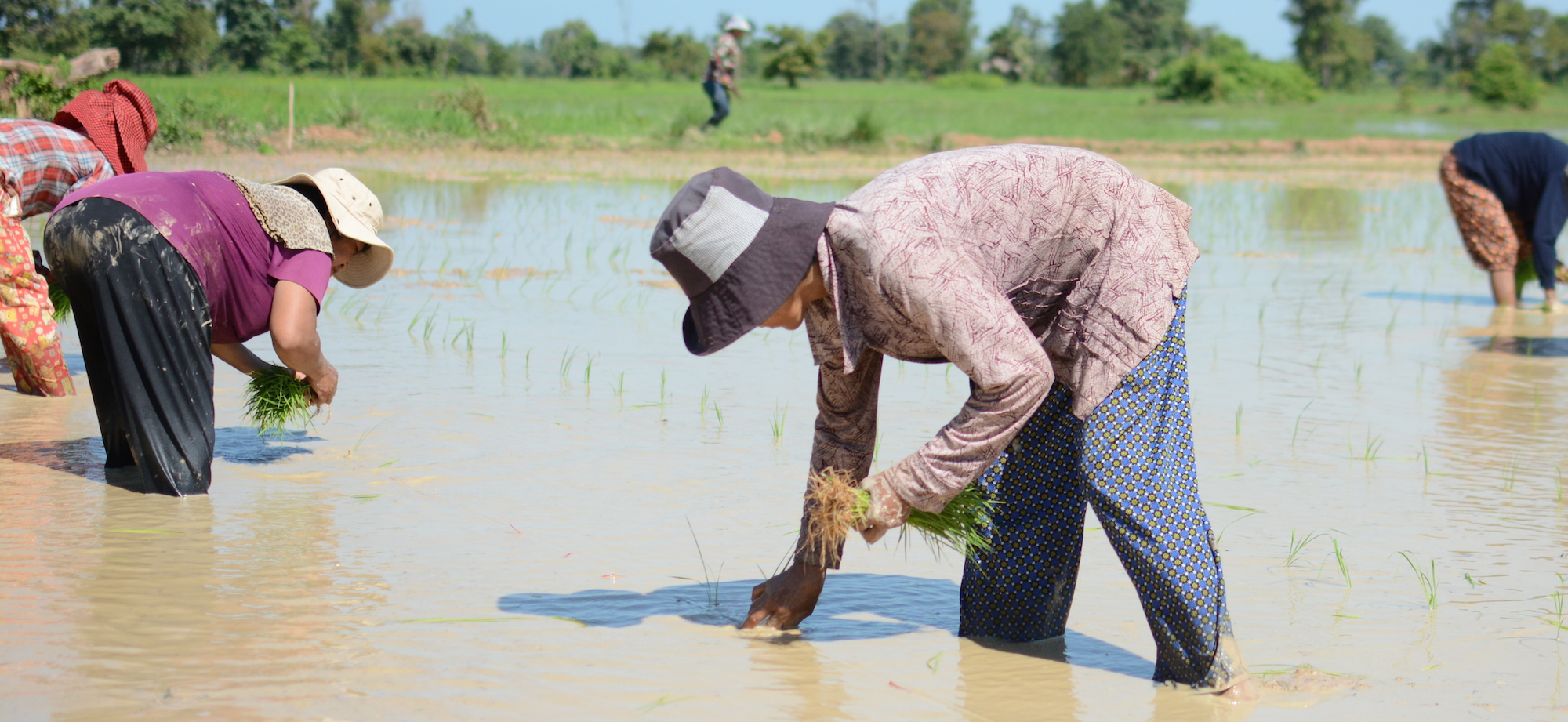Over the past six months, HOPENZ has been working in Stoeung Kombot and Oromcheik Village with the LIFE Cambodia project.
In six months, we’ve seen progress and increase in these farming communities, which is startling in the way it highlights a very simple truth: a little can go a very long way.
The project’s goal has been to assist village agricultural committees (VAC) as they facilitate training and provision of farming materials in the two villages.
Since the project began, we’ve see rapid progress in the expansion of dry season rice. Farmers have received seed, fertilizers and a water pump, and a community of 80 farmers has produced 195.7 tons of rice.
This crop, which is grown over 62 hectares of land, has been able to feed 190 women and 186 men in the community, almost trebling the output of previous crops. The DFP and Department of Agriculture are giving these VACs access, training and management of rice mills.
Not only that, our Cambodian development partner DFP has been working with the Department of Agriculture to train VACs in the management of this dry season rice crop, as well as the rice mills and pig training techniques. They’ve offered training seminars to farmers and 10 committee members to share experiences with dry season rice growing and to brainstorm solutions to problems.
Pig raising in particular has seen significant uptake in local families. We’ve provided 300 pigs to 150 families for this first cycle, and the revolving community loan fund is helping 150 farmers to provide food and shelter for their pigs.
There’s also the maintenance and animal care that’s required for these families who now own a pig. We’ve conducted informal training in building pig shelters, health care, vaccinations, breeding management and mixing effective pig food with natural vegetables, like Morning Glory, Amaranth and Rice Bran.
Almost 600 families have also received training on home gardens and composting. Mothers, fathers and children have learned tips on mixing soil, composting, conserving water, identifying wet and dry season crops, and learning which crops sell well in the local market.
It’s exciting to see such great growth in these communities over such a short time, and we’re looking forward to what’s in store at the next report.


